
Image Credit: Worcester Association of Realtors
The birthplace of the American Industrial Revolution aims to become one of the greenest towns in Massachusetts
There is no firm schedule worked out quite yet, but over the next five to ten years Worcester, Massachusetts, will evaluate, strategize, build, and retrofit its way to a greener existence.
The motivation for this transformation is rooted in a combination of ecological and economic ambitions, and it is building momentum. As a recent story published by the Worcester Telegram & Gazette pointed out, environmental concerns prompted the city, in 2006, to join the Local Governments for Sustainability, an international association of more than 1,000 local governments from 67 countries that is committed to sustainable development.
Concerns about shrinking the town’s carbon footprint prompted the emergence of the Energy Task Force, originally an academic alliance that two years ago developed the town’s Climate Action Plan, which identifies strategies for reducing energy use and the emission of greenhouse gases.
The Energy Task Force has since become the town’s official engine of green transformation. Using a share of the $482 million in federal stimulus funds allocated to Massachusetts over the next two years, the city aims to develop its long-range energy plan on the greenest terms possible, create jobs in green industries, and develop a science plan that keeps Worcester-based researchers ahead of the curve of newfangled green technology. (The town is home to Worcester Polytechnic Institute and Clark University.)
Targeting residential retrofits
One of the most effective ways to get Worcester’s green going is to improve energy efficiency in its existing buildings, and make the most it can of the $122 million in stimulus money the state has received for weatherization, David Angel, a Clark professor and member of the task force, told the Telegram & Gazette.
“How do you improve energy efficiency in a place that is already built up?” he asked rhetorically. “Retrofitting residential space rather than focusing on new construction.”
Energy efficiency retrofits could come into play in a major way in some of Worcester’s older homes. One such property, a four-bedroom, two-bath 1910 Victorian, whose listing at $339,900 is currently being promoted through a private-public program called Buy Worcester Now, has attracted a fair number of prospective buyers, but no offers as of yet.
The listing broker, Jason Piedrasanta, points out that people who have toured the home like its leather wainscoting, wood floors, tiled fireplaces, formal layout, and approximately 2,480 sq. ft. of living space. But many are concerned about the cost of heating and cooling the building, whose aged windows leak air liberally.
Piedrasanta points that out the house is prime candidate for the kind of green upgrade that is being touted by the city’s Energy Task Force. Although the Victorian’s double walls still insulate quite well, he says, window replacement would be among the most cost-effective single measures one could take to improve the home’s energy efficiency.
Weekly Newsletter
Get building science and energy efficiency advice, plus special offers, in your inbox.





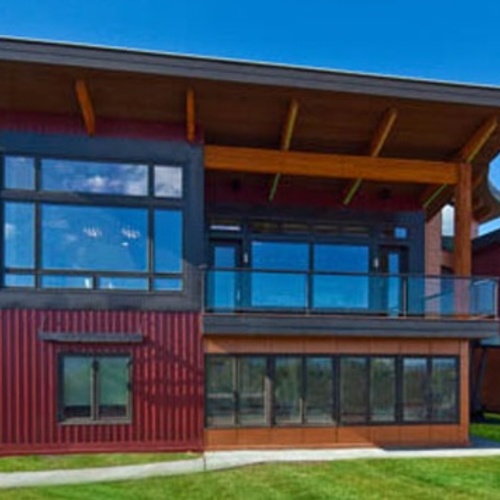

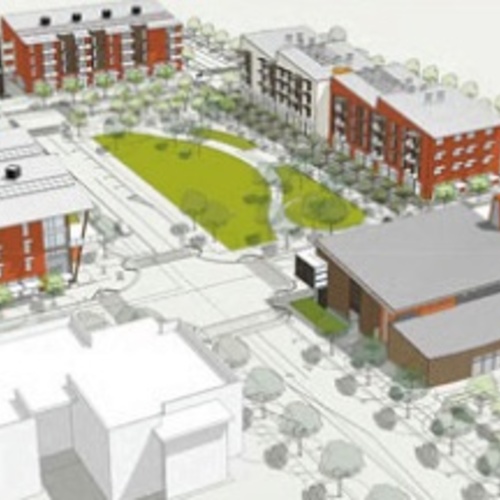
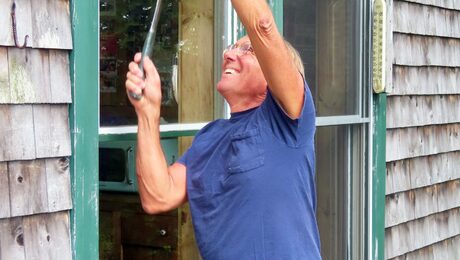

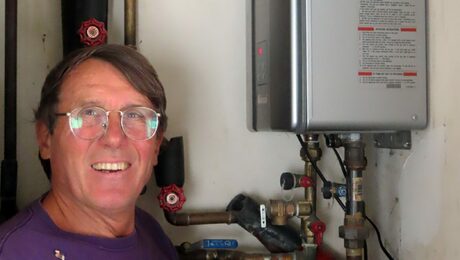
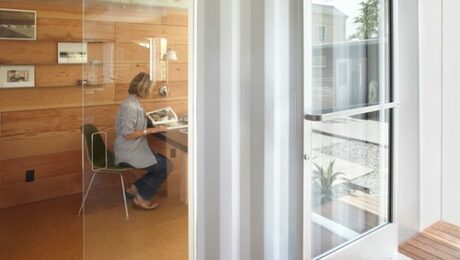
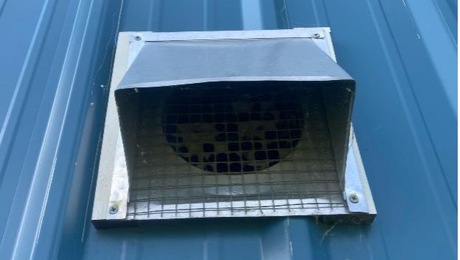

0 Comments
Log in or create an account to post a comment.
Sign up Log in